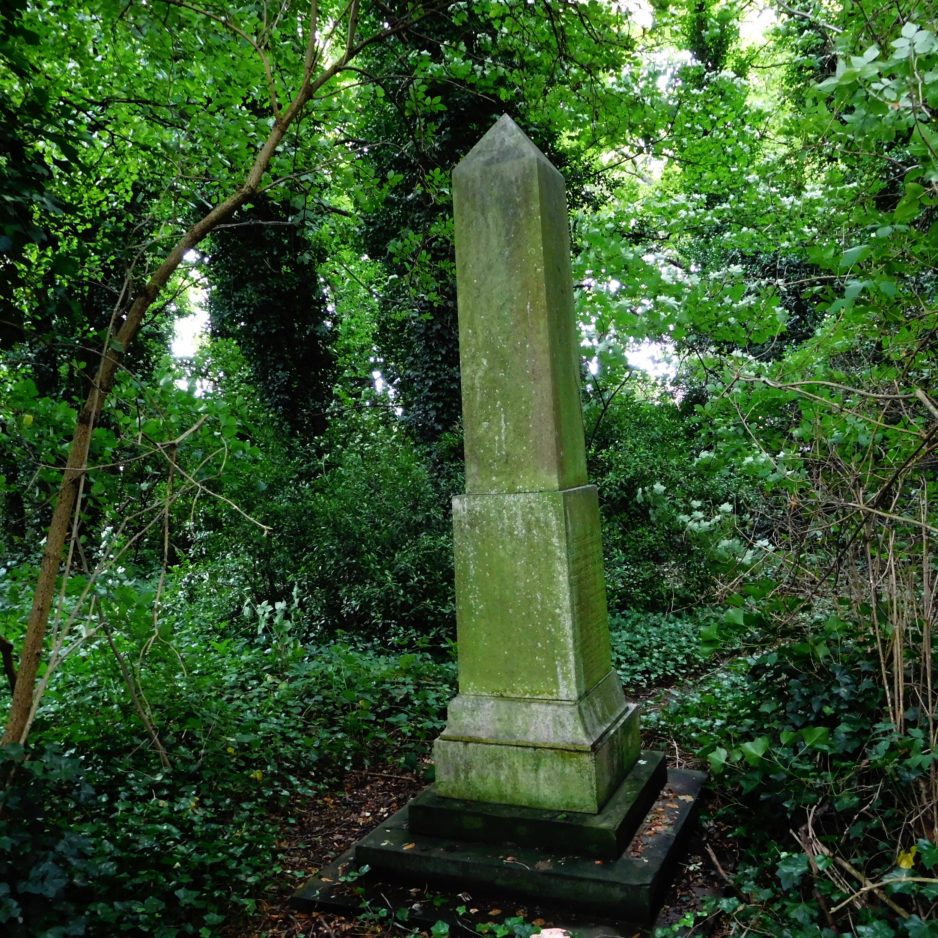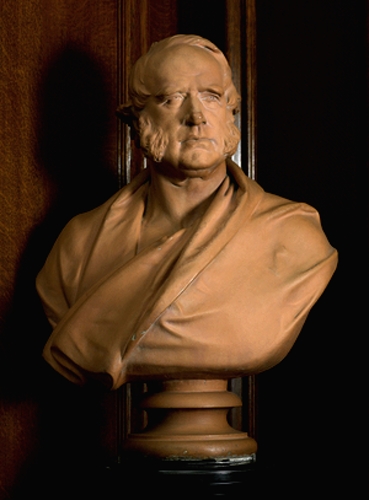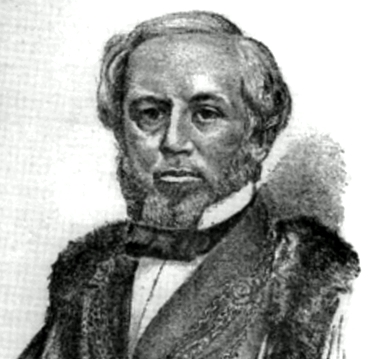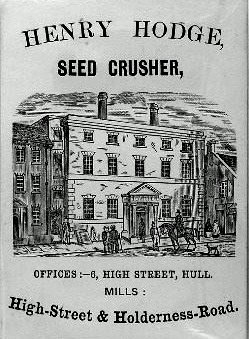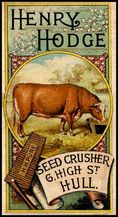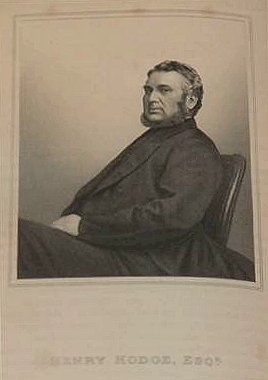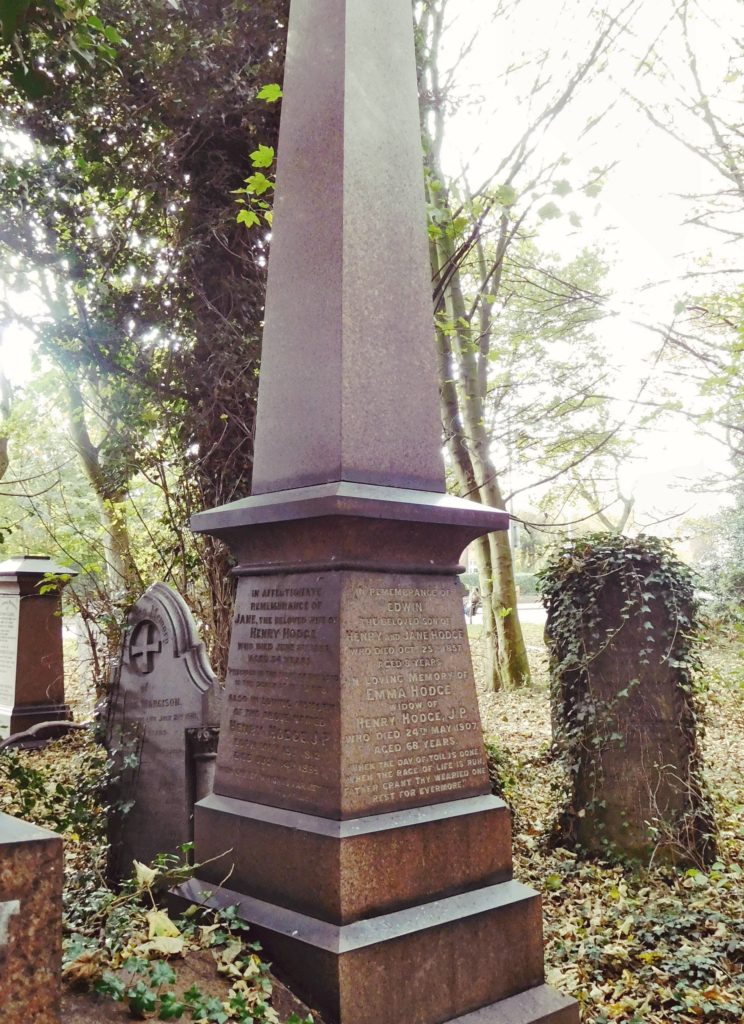Dr. William Gordon was known as the ‘The People’s Friend’.

William Gordon was born at Fountains Hall near Ripon on 2nd August 1801. He was educated at the Ripon Grammar School. He studied medicine at London and Edinburgh. After qualifying he set up a medical practice at Welton, near Brough around 1825. He married Mary Ann Lowthrop of Welton Hall in 1826, pictured below. They had one daughter, Charlotte, who was born 1828.
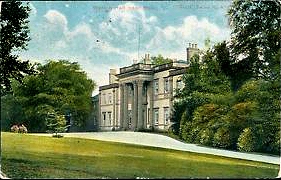
His father-in-law was Sir William Lowthrop. He had been the Mayor of Hull when Victoria came to the throne. Sir William was one of the original Committee that instigated the creation of Hull General Cemetery. He and his son-in-law, Dr. Gordon, were early shareholders in this venture.The Creation of Hull General Cemetery: Part One
The family moved to 29 Albion Street in Hull where he set up his medical practice. Albion Street at that time was the ‘Harley Street’ of Hull. Many medical men lived there including Dr. Alderson.
Dr. Gordon was very involved with Christian movements and an active supporter of the working classes. He was also President of The Christian Temperance Society and became known as ‘The People’s Friend’. Chris Ketchell once said that he could not understand why Dr Gordon earned this title as, at that time, alcoholic drink was a better friend to the working man but Chris always had a personal view upon alcohol and its benefits.
All through Dr. Gordon’s short life he had an affinity with the working class and poor people of Hull, and would help them in whatever way he could.
Dr. Gordon’s daughter Charlotte, married the Albion Street Chapel pastor, the Rev Christopher Newman Hall.
His death
Dr. Gordon contracted a wasting disease during 1848 and eventually died at his home in Albion Street in February 1849 aged 47.
His son-in-law wrote a rather morbid detailed account of his death in a booklet which he published the same year.
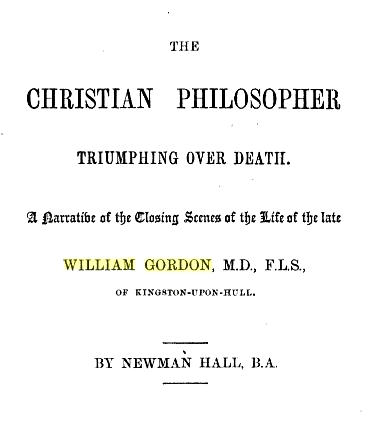
His funeral was a well attended event. It commenced at the Albion Street Chapel with a procession of five Mourning coaches. Hundreds of people followed on foot. Police officers, six abreast, accompanied the cortege to Hull General Cemetery.
It was well reported in the local press at the time.

He was buried in the centre of the newly opened cemetery. His grave was just east of the central willow tree as he had requested. At that time the plot’s shrubbery had been planted in the shape of a Maltese Cross.
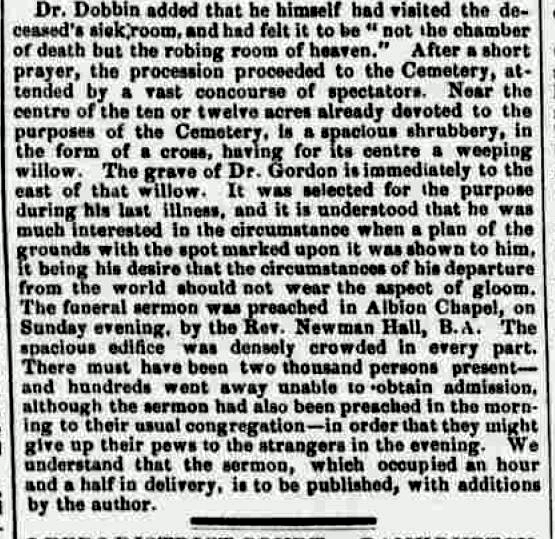
The monument
The newspapers of the day prompted the idea of a public subscription for a monument to him. The working class of Hull contributed greatly to this public subscription to erect a large monument to Dr Gordon. They collected the full £80 for the monument. Only Dr. Gordon’s monument, Captain Gravill’s and the Cholera Monument were erected after calls for a public subscription.
Many local sculptors put forward designs for the monument, including William Keyworth. The commission, however, was given to Aaron Shaw. The total cost was £80.
The monument was erected in November 1849 and took the form of an obelisk of white marble modelled on the one that Napoleon had brought from Luxor.
It stood twenty-five feet high and was inscribed: ‘Erected by public subscription, to William Gordon, M.D., F.L.S. – the People’s Friend. Ob. Feb. 7 1849 aet 47’.
The monument still exists in Hull General cemetery. It is still in good condition if a little moss covered.
However, it needed reducing in size at the turn of the 20th century. The monument was becoming unstable. The Cemetery Company contacted Dr. Gordon’s daughter, Charlotte Hall, regarding this.
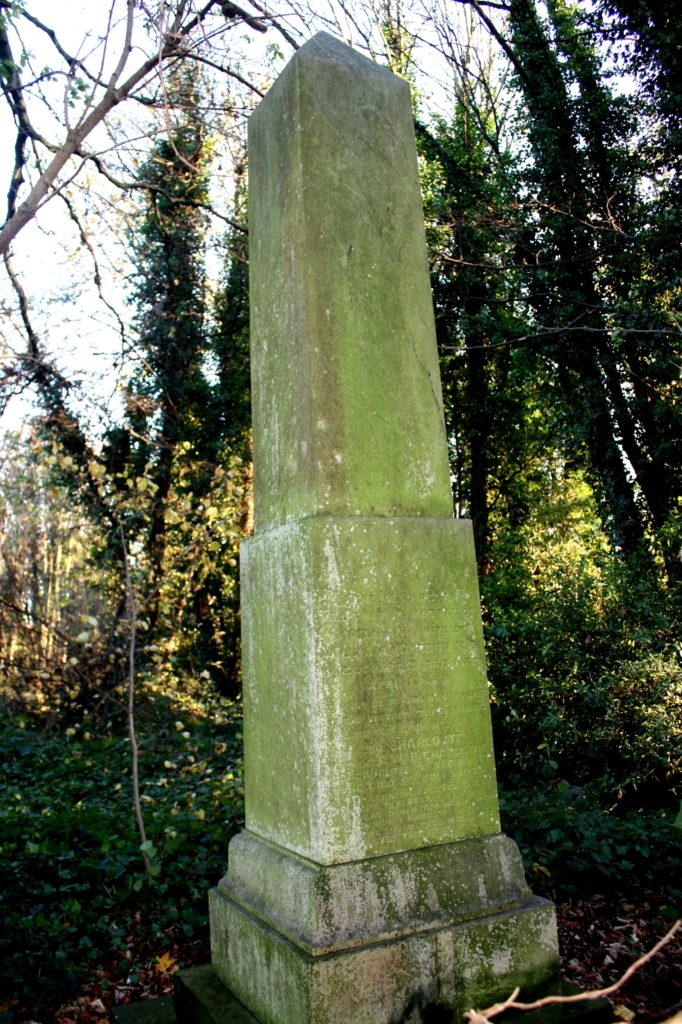
She and the Cemetery Company came to an arrangement and the Monument was lowered by about a third. Early maps of the cemetery show it and the Cholera Monument marked.
Shortly after Dr Gordon’s death his wife, Mary Ann, moved from Albion St to Carlton Terrace. This was near Park Street on Spring Bank. She died in 1886. She is buried in the same grave with her husband.
Their daughter remarried Mr Frank Richardson after the death of the Rev Newman Hall. She died in 1903 and is also commemorated on the monument.

Bill Longbone has had a long relationship with the Hull General Cemetery. He is an active member of the FOHGC and manages the work of the volunteers on the site. His biographical sketches of some of the people buried in the cemetery are one of the highpoints of the success of the Facebook site.

